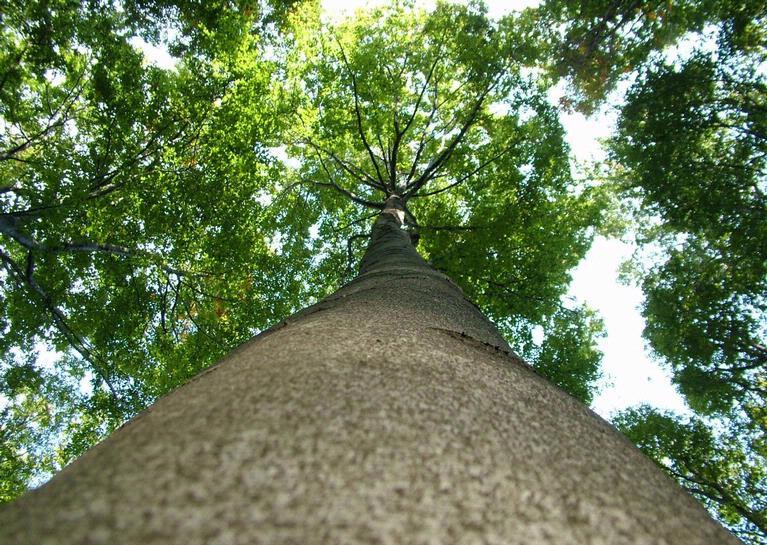 European Beech
European Beech
Photo: Forestryimages.org/University of West Hungary/Norbert Frank
Although there are other local-and regional-scale forest canopy maps, the new map is the first that spans the entire globe based on one uniform method.
The work - based on data collected by NASA's ICESat, Terra, and Aqua satellites - should help scientists build an inventory of how much carbon the world’s forests store and how fast that carbon cycles through ecosystems and back into the atmosphere. Michael Lefsky of the Colorado State University described his results in the journal Geophysical Research Letters.
The new map shows the world’s tallest forests clustered in the Pacific Northwest of North America and portions of Southeast Asia, while shorter forests are found in broad swaths across northern Canada and Eurasia. The map depicts average height over 5 square kilometres (1.9 square miles) regions, not the maximum heights that any one tree or small patch of trees might attain.
Temperate conifer forests - which are extremely moist and contain massive trees such as Douglas fir, western hemlock, redwoods, and sequoias-have the tallest canopies, soaring easily above 40 meters (131 feet). In contrast, boreal forests dominated by spruce, fir, pine, and larch had canopies typically less than 20 meters (66 feet). Relatively undisturbed areas in tropical rain forests were about 25 meters (82 feet), roughly the same height as the oak, beeches, and birches of temperate broadleaf forests common in Europe and much of the United States.
/articles/first-its-kind-map-depicts-global-forest-heights-update-nasa